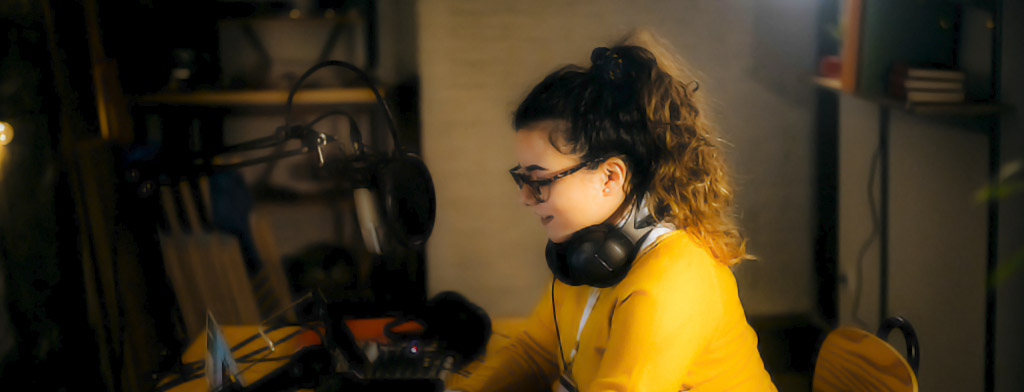Applying Design Methodology to Business - Episode 95
I Simon Hodgkins is joined by guests Thomas Murray, Vistatec CEO, Patrick Kelly, CCO, Siobhán Gantly, CHRO, Unn Villius, CSO, Phil Ritchie, CTO, Jerry Lane, IT Director, Adam Thompson, CFO, and Yvonne McNamara, COO. The Vistatec CEO and leadership team share their thoughts on being 25 years in business, including changes they have seen from a company and customer perspective and how the industry landscape is changing.
In this episode, guest Ainslie Peters joins VistaTalks host Simon Hodgkins. Ainslie is a designer, educator, and lecturer. She teaches in the areas of industrial design, design thinking, and design history. She has worked as a mentor and consultant for businesses looking to implement design strategies and design thinking processes.
As a product designer, past collaborations include furniture, homewares, and lifestyle brands, interior styling projects, and more recently, the design of public spaces. Ainslie is passionate about developing links between student designers and the industry. Currently, her design practice and research interests primarily focus on design for health and wellbeing, sustainability of materials and processes, and the role of design in creating inclusive communities.
Ainslie shares information about her current role as a Lecturer in Design at the Atlantic Technological University, how it has eight campuses and research centers, plus over 600 programs. She also discusses her educational engagement at Buckinghamshire New University for a Master of Arts – MA, Interior Design for Health & Wellbeing. Plus having a Bachelor of Science – BSc (Honours), Furniture Design & Manufactur from the Galway-Mayo Institute of Technology. A Master of Arts – MA, Aesthetic Philosophy from the University of Sussex, and a Bachelor of Arts – BA (Honours), Philosophy and Art History from the Western University.
Ainslie discusses how a lot of the research at Atlantic Technological University is in collaboration with companies, communities, and other stakeholders—including participation in large-scale international networks, often bringing companies, communities, local authorities, and others from the region into those networks. Ainslie is currently primarily focused on the design sustainability of materials and processes. She tells us more about how sustainability plays a role in the design and how this impacts her projects.
We discuss how exposing students to a range of small independent designers and large agencies working with international customers allows them to determine where they fit into the industry. Which ultimately provides a better footing for people as graduates.
We touch on how Ainslie is in the process of wrapping up the first postgraduate certificate in creative entrepreneurship and enterprise development, which is co-facilitated by lectures and mentors from within the network, and how it has been a fascinating development and one that she is looking forward to building on in the next couple of years.
We discuss the importance of sustainability and the importance of sustainability in design. There is a considerable focus on it now, with people and companies more aware of it than ever. Ainslie tells us how sustainability plays a role in the design and how this impacts her projects. She shares how we are responsible for considering the health and well-being of people and the planet in all that we do. Again that extends beyond design and how we need to look at sustainable design, not as an add-on or as a specialty but more of a thought process that underpins the entire process of what we’re trying to achieve. Whether that’s in product design, services, or experiences and how we can consider materials and if they are responsibly sourced, the production manufacturing methods and how that conversation has been happening for a long time, looking at the end of life of products, including how do we reuse or repurpose?
Ainslie points out the importance of looking at sustainability in terms of accessibility for customers, so choosing a sustainable option can’t be cost-prohibitive, and how we need to ensure that we are creating outputs for customers at all price points are accessible to our entire communities. Her current work and research are around health and well-being in interior spaces and, specifically, looking at workplace design. We discuss the evidence and how research shows that when we choose natural materials and bring in elements of biophilia and biofilm design, that is not just better for the environment. Still, it’s better for employees, and it’s better for our bottom line of a business. In addition, research shows increased productivity and job satisfaction and reduced absenteeism, stress, and blood pressure.

